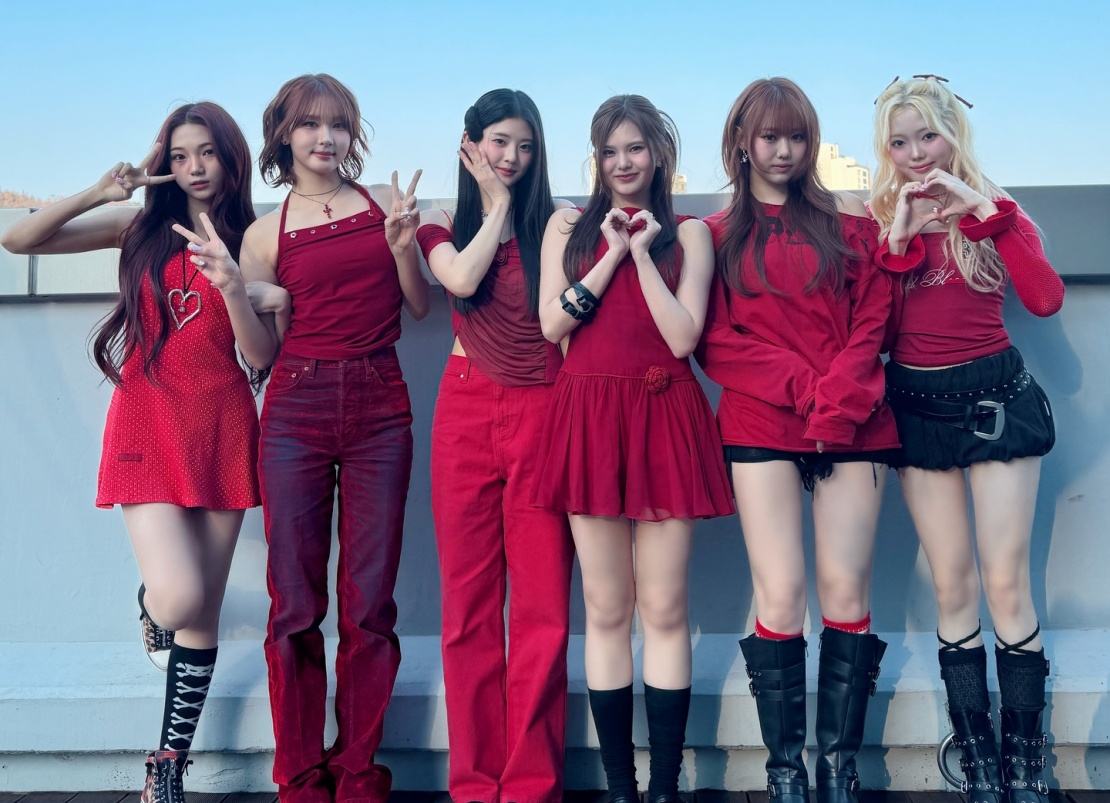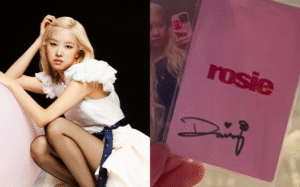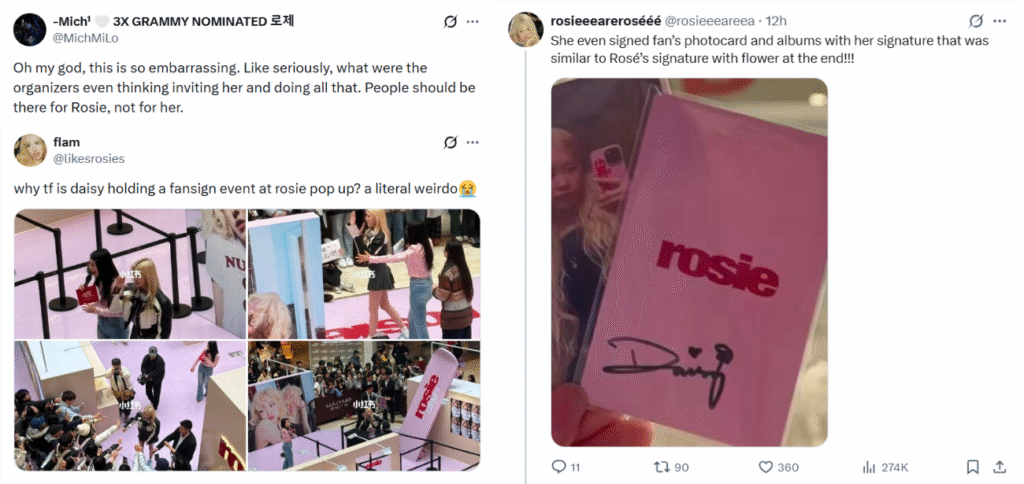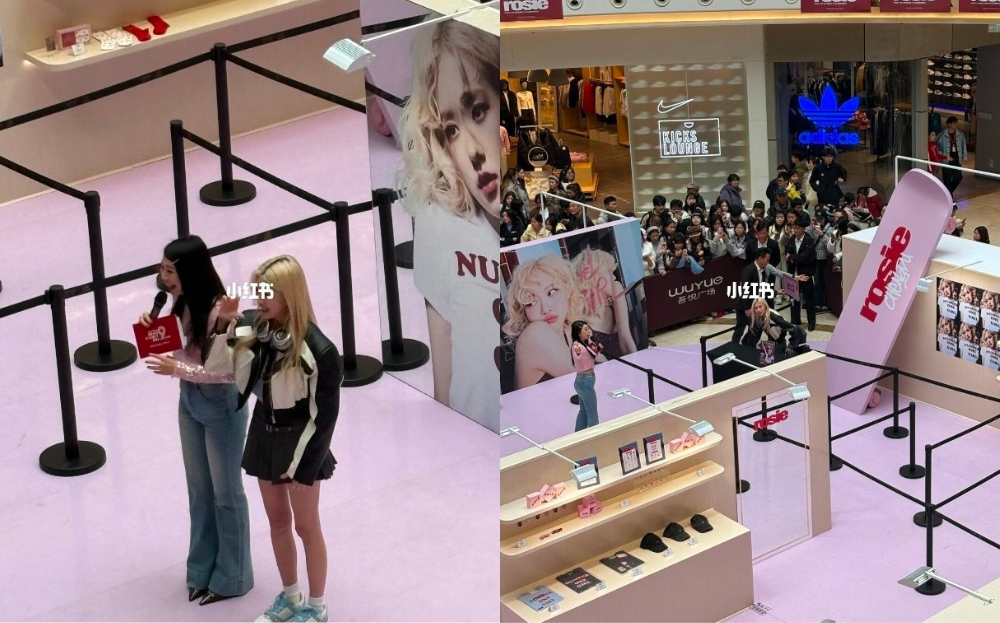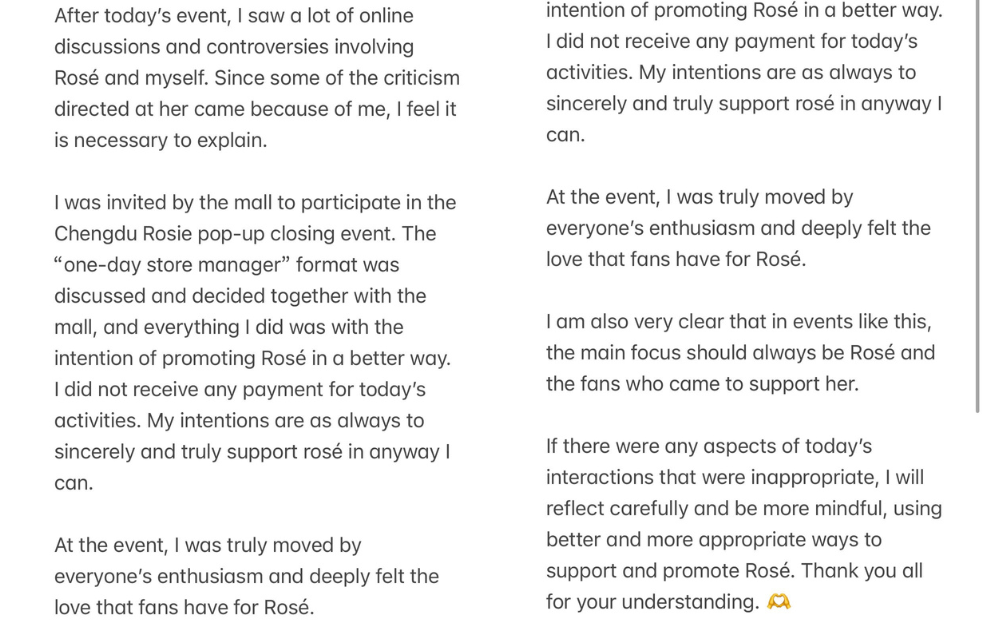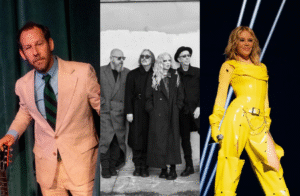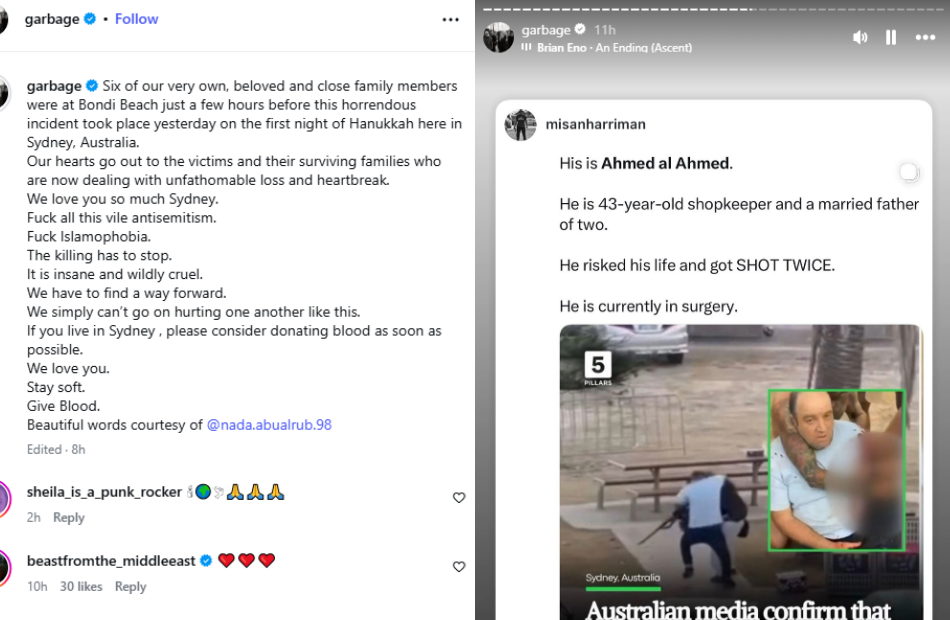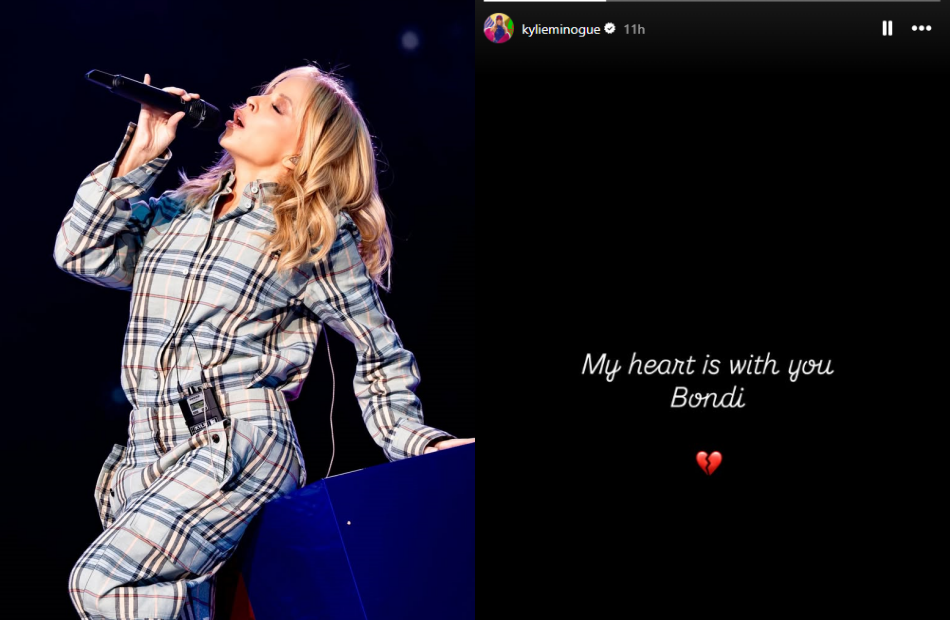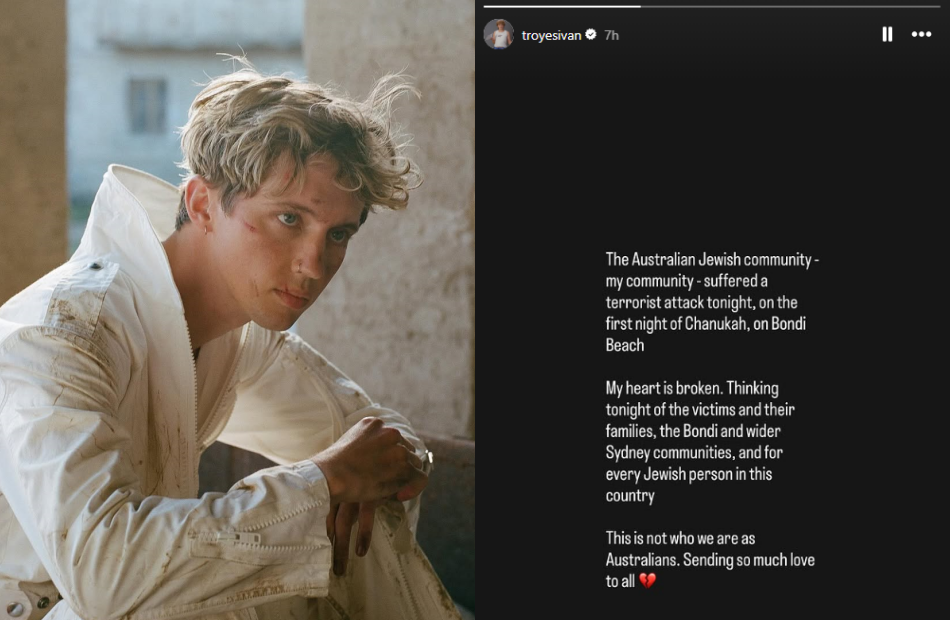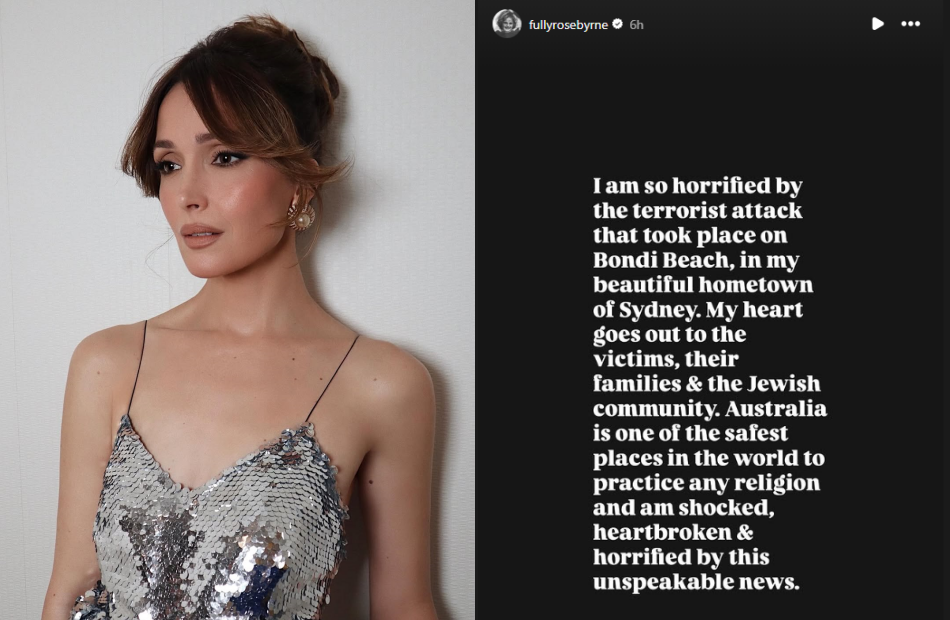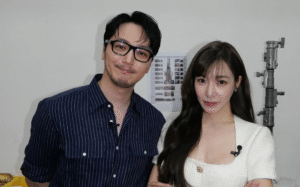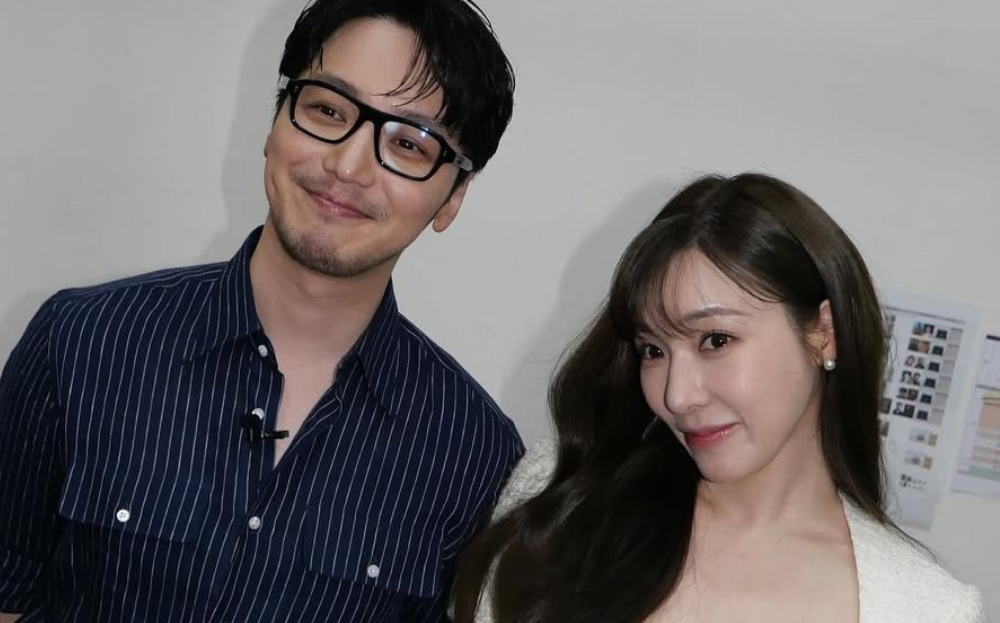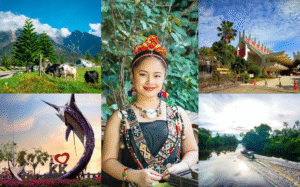
Kota Kinabalu may be best known as the gateway to Mount Kinabalu, but there is far more to this coastal city than its iconic peak. From island-hopping in crystal-clear waters to wandering through bustling local markets, the city offers a tapestry of experiences suited for every type of traveller.
Visitors can easily explore the surrounding islands, wildlife sanctuaries, cultural villages, and shopping districts while staying close to the city. With so much variety, it's no surprise that Kota Kinabalu remains one of Malaysia's most beloved destinations. If you're planning a visit, here are 10 places to go in Kota Kinabalu that deserve a spot on your itinerary:
1. Tunku Abdul Rahman National Park

Just 3km off the coast of Kota Kinabalu lies Tunku Abdul Rahman National Park, a protected marine sanctuary made up of five idyllic islands. The turquoise waters here are home to vibrant coral reefs and diverse marine life, making it perfect for snorkelling or diving. A typical half-day tour includes several snorkel stops and a hearty lunch, giving visitors a refreshing escape from the city.
2. Gaya Street

Gaya Street has long been regarded as the heart of Kota Kinabalu, sitting right in the city centre and lined with eateries, cafés and shops. Its roots date back to the British colonial era when it was known as Bond Street. Every Sunday, the entire stretch transforms into the bustling Gaya Street Sunday Market, offering fruits, snacks, footwear, handicrafts and more, accompanied by lively street performers and buskers.
3. Filipino Market
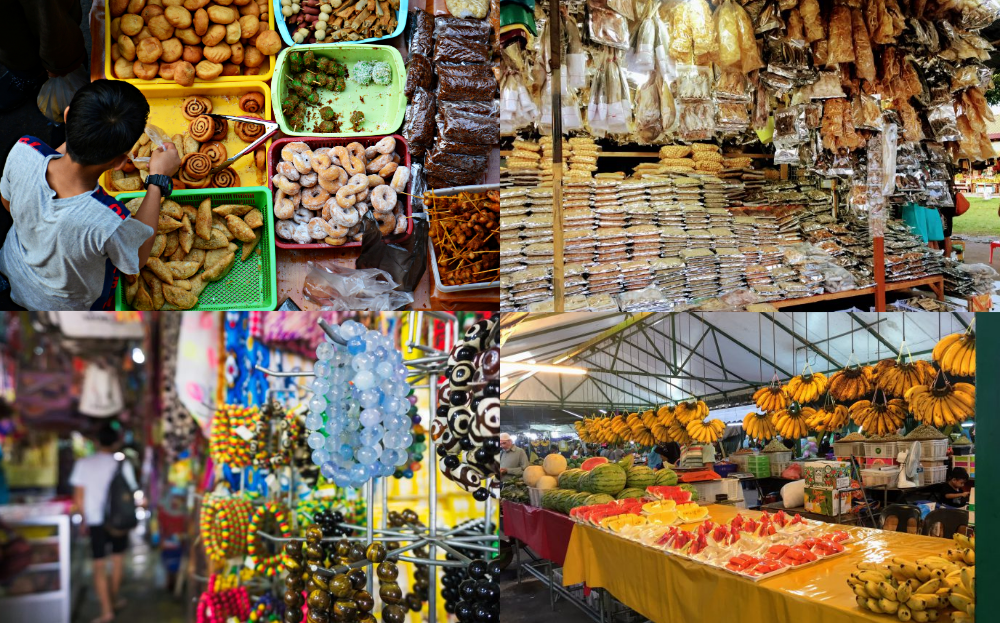
The Filipino Market is a must-visit for travellers seeking local flavours and authentic souvenirs. By day, visitors can browse colourful handicrafts, pearls, snacks, and traditional goods sourced from Sabah's coastal communities. When night falls, the area turns into a vibrant seafood haven, with freshly grilled fish, prawns, and crabs sizzling over charcoal, an experience beloved by both tourists and locals.
4. Todak Waterfront
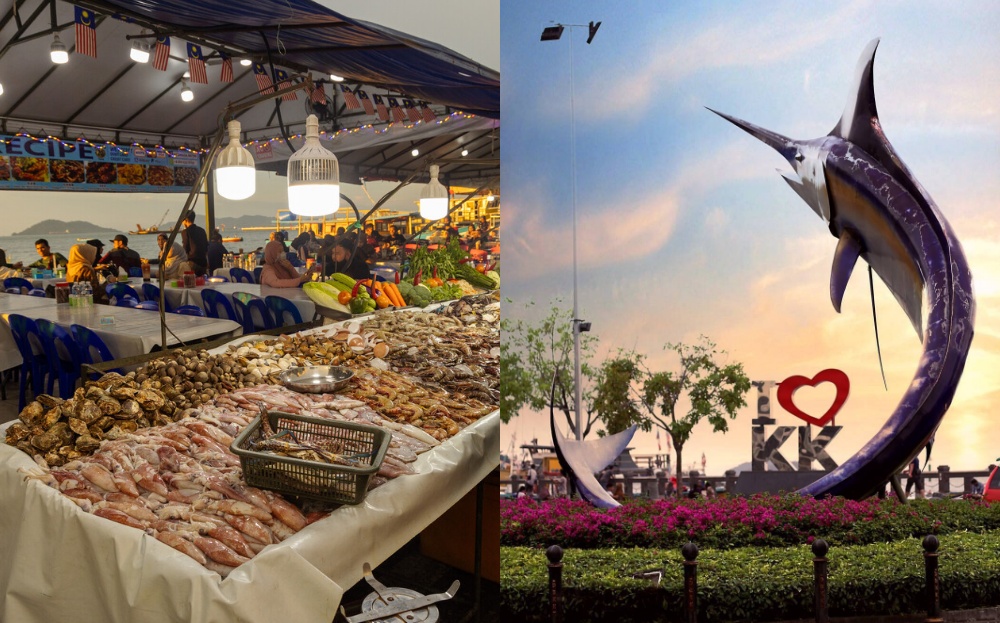
Todak Waterfront is one of KK's most iconic public spaces, offering front-row views of Tunku Abdul Rahman Park and the city's legendary sunsets. The giant "I Love KK" sign has become a rite-of-passage photo spot for visitors. A short walk away is the bustling Handicraft Market, where rows of shops sell T-shirts, handmade bags, souvenirs and affordable pearl jewellery, perfect for thoughtful gifts.
5. IMAGO Shopping Mall

IMAGO Shopping Mall stands out as one of the city's most modern retail destinations, offering both luxury and high-street brands under one roof. Its stylish layout and extensive selection of merchandise make it an enjoyable stop for shoppers of all tastes. Whether you're browsing for fashion, dining with friends, or simply escaping the heat indoors, IMAGO promises a comfortable and lively experience.
6. Klias River Cruise

About two hours from Kota Kinabalu is the Klias Wetlands, a mangrove forest rich with wildlife and natural beauty. A river cruise here offers a rare opportunity to spot proboscis monkeys, long-tailed macaques and monitor lizards in their natural habitat. As dusk approaches, visitors can enjoy the magical sight of fireflies illuminating the riverbanks like twinkling fairy lights, an experience often paired with dinner and hotel transfers in tour packages.
7. Sabah State Museum

Located just 6km from the airport, the Sabah State Museum serves as a gateway into the region's diverse history and culture. Designed to resemble a traditional Rungus longhouse, the main building houses extensive exhibits covering ethnography, natural history, archaeology, ceramics and more. Highlights include the massive whale skeleton, the North Borneo Railway carriage within the Science and Technology Centre, and the open-air Heritage Village where traditional houses and native gardens showcase the lifestyles of Sabah's ethnic communities.
8. Mari Mari Cultural Village

Mari Mari Cultural Village offers an immersive journey into the traditions of North East Borneo's five major tribes. Visitors can discover the unique lifestyles of the Dusun, Rungus, Lundayeh, Bajau and Murut communities through hands-on activities, performances and guided tours. The experience blends history with living culture, allowing travellers to connect deeply with Sabah's rich cultural heritage.
9. DESA Farm

A short drive from Kinabalu National Park brings you to DESA Farm, once the main supplier of fresh milk across the entire island of Borneo. The farm offers picturesque views, making it an excellent quick stop for travellers heading to or from the national park. Guests can enjoy creamy gelato, observe the cows being milked, and capture scenic photos of the surrounding highlands.
10. Tanjung Aru Beach

Tanjung Aru Beach is famed for having one of the most beautiful sunsets in the world, where the sky is painted with shades of red, orange and gold each evening. The wide shoreline lined with casuarina (aru) trees makes it ideal for picnics, kite-flying or leisurely strolls. Visitors can also enjoy snacks from nearby stalls while waiting for the sun to dip below the horizon.
Now that you've got travel ideas sorted, where will you go first? Book your flight with Batik Air and take off sooner.
Sources: Sabah Tourism, Kota Kinabalu Info, GlobeTrove
The post 10 Must-Visit Places In Kota Kinabalu That Prove There's More Than Just The Mountain appeared first on Hype Malaysia.







